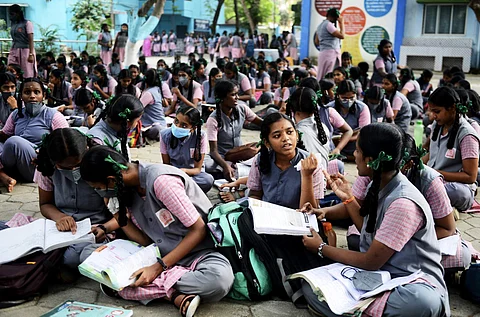

India has made significant progress in education in recent decades. The enrollment rate for girls has increased dramatically and more girls are now attending school than ever before. However, there is still a gender gap in education in India, with girls lagging behind boys in terms of enrollment, completion rates and achievement levels.
There are a number of factors that contribute to the gender gap in education in India, including:
Patriarchal attitudes: In many parts of India, there is a strong belief that boys are more important than girls. This leads to girls being denied an education or being forced to drop out of school early
Economic factors: Underprivileged families often cannot afford to send all of their children to school and girls are often the first to be pulled out
Social norms: In some parts of India, there is a belief that girls should not be educated beyond a certain level. This can lead to girls being discouraged from pursuing higher education
Lack of access: In rural areas, there may be a lack of schools or teachers, making it difficult for girls to get an education
The gender gap in education has a number of negative consequences for girls and women in India. It limits their opportunities for employment and economic advancement. It also contributes to gender inequality in society
The gender gap in education is a serious problem in India, but it is one that can be solved. By addressing the root causes of the problem and providing girls with the support they need, we can help to ensure that all children in India have access to quality education, regardless of their gender.
